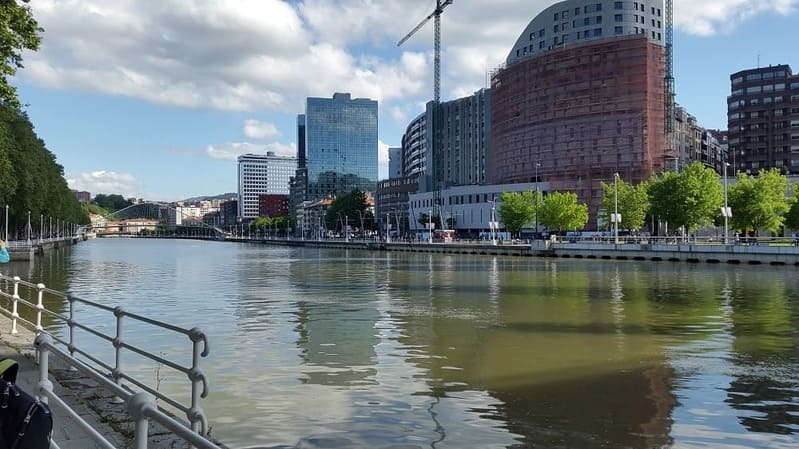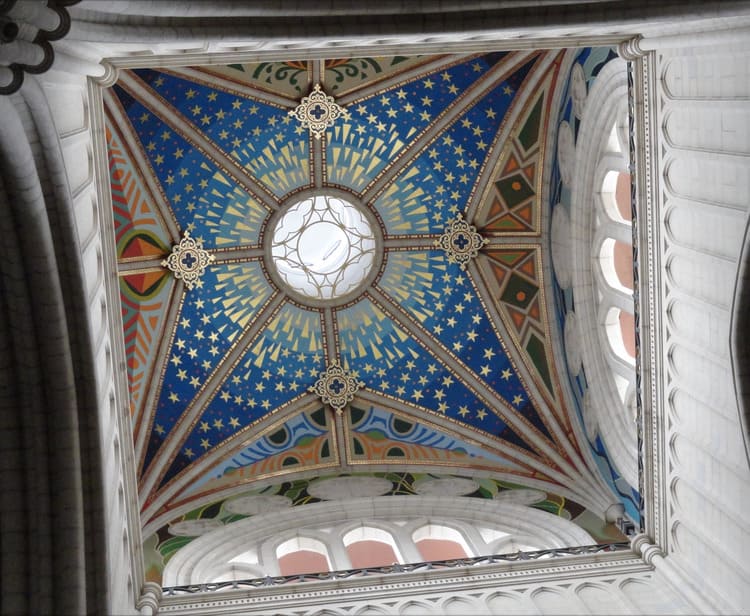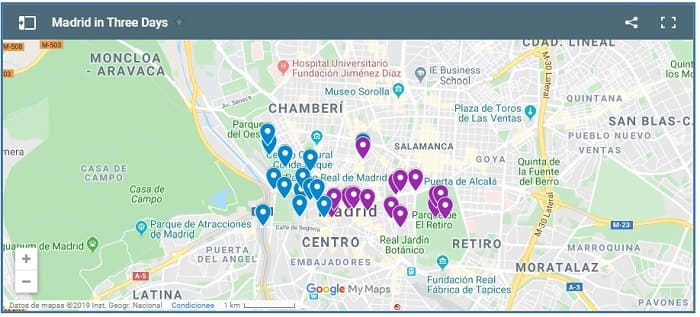The Modern City of Bilbao
Walking Bilbao: It is a county located in the north of Spain The town of Bilbao is the capital with more than 340,000 inhabitants and is the most populated city of the autonomous community that extends along the estuary of Bilbao or the Nervión. The city is surrounded by two mountain ranges with an altitude that does not exceed 500 meters. It was founded at the end of the 13th century. This is a guide to tour Bilbao in two days

We arrived from Madrid by air to the Bilbao airport. To go to the city center, if you do not choose the taxi, the bus is the best option. We take the Bizkaibus A3247, which costs 1.45 Euros and you can buy it in the same Bus. The bus takes about 30 minutes to go from the airport to Bilbao Termibus.




